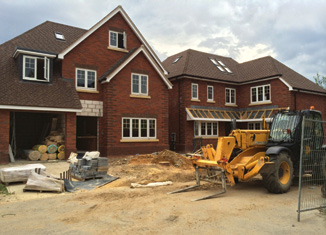As Birmingham continues its reformation from one-time workshop of the world to a modern commercial city, this has left local authorities in the surrounding, post-industrial towns with a dilemma: That is, how to also move forward and find new uses for sizable town centres originally built to serve their large industrial populations – and the large tracts of ex-industrial land surrounding them. In this report we will look at the differing approaches to regeneration, and progress so far, in the five largest towns and cities around Birmingham.
Coventry
Coventry is around 17 miles east of Birmingham and is the West Midlands’ second city in population terms. It benefits from a strategic location with good access by road and rail not only to Birmingham, Birmingham Airport and Birmingham International railway station (with its future HS2 connection) but to the rest of the Midlands and beyond.
Coventry is considered to be the original home of motor manufacturing in the UK and Jaguar Land Rover remains a mainstay of the economy. Coventry is also a major university centre with Coventry University and the University of Warwick hosting around 54,000 students in the area. PBSA is a relatively new arrival to the city centre development property scape here.
Recent regeneration in Coventry has centred around refreshing the dated 1950s/1960s city centre, which was largely rebuilt following devastation during WWII. Coventry’s status as UK City of Culture 2021 should have showcased what has been achieved so far, although Covid has perhaps blunted its benefits to some extent.
Key projects in the city are the new business district at Friargate where the initial buildings are complete. Over the next decade it is anticipated 15ha will be redeveloped with up to 14 grade A office buildings, homes, retail and hotel space.
Close by Coventry railway station has just undergone an £82m regeneration as part of a new transport interchange.




















